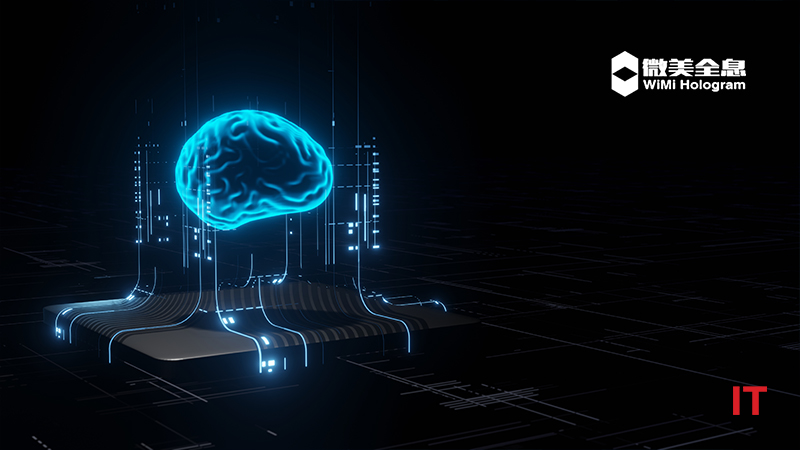WiMi Hologram Cloud Inc, a leading global Hologram Augmented Reality (“AR”) Technology provider, announced that its multi-level feature fusion algorithm based on convolutional neural networks (CNN) can better capture the global and local information of an image and improve the performance of the model by fusing features from different levels.
Feature fusion algorithms have been widely used in computer vision, natural language processing and other fields. By fusing features of different levels or modalities, the expressive ability and performance of the model are improved to better solve complex tasks. The multilevel feature fusion algorithm studied by WiMi adopts a deep network structure, and gradually extracts the high-level features of the image through multiple convolutional and pooling operations, to better express the semantic information of the image. In addition, by fusing features at different levels, the model can focus on both global and local information about the image, thus improving the performance of the model. The multi-level feature fusion algorithm, as an improved CNN model, has important applications in the field of image processing. CNN is a deep-learning algorithm widely used in the field of computer vision. It extracts the features of an image through multilevel convolutional and pooling layers and performs classification and recognition through fully connected layers, which has the advantages of automatic learning of feature representation, parameter sharing and local perceptibility.
CNN-based multi-level feature fusion algorithms can improve the performance and generalization of the model by fusing features from different layers. A multi-layered CNN model is used which contains multiple convolutional and pooling layers and a fully connected layer for classification tasks. By fusing the features of different layers, the information of different layers can be effectively captured and the features of different layers of the image can be effectively extracted for better classification, thus improving the accuracy of the model. The application of the algorithm mainly includes the following key modules:
Also Read: Pison Technology Appoints Industry Experts to C-Suite, Prepares to Address New Markets
Feature extraction: First, the input image is feature extracted by CNN. Different levels of convolutional layers can extract features with different levels of abstraction of the image.
Feature fusion: The features at different levels are fused. Different fusion methods can be used such as weighted fusion, cascade fusion or parallel fusion. Weighted fusion can get the weight of each feature layer by learning, cascade fusion can connect features of different levels in series, and parallel fusion can process features of different levels in parallel.
Feature mapping: The fused features are mapped to further extract more discriminative features. This can be achieved using fully connected layers, pooling layers, or other nonlinear mapping functions.
Feature selection: Select the most discriminative features for further processing according to the needs of the specific task.
The multi-level feature fusion algorithm based on CNN improves the performance and generalization ability of the model by effectively extracting the multi-level features of the image and fusing them, and it has important research significance and application prospects. This algorithm has a wide range of applications in tasks such as image classification, target detection and image generation.
SOURCE: PRNewswire

































